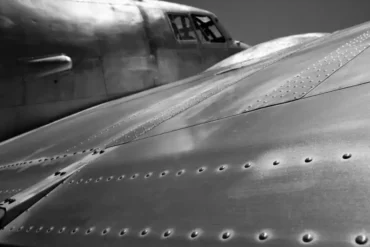Have you ever noticed that airplane windows have a round shape instead of being square or rectangular? This design wasn’t just for looks – it was actually a really important safety upgrade!
Back in the 1950s, planes like the de Havilland Comets had square windows. After a few flights, cracks started forming around the sharp corners of the windows. This could even cause the windows to break apart completely! Engineers realized the problem was that the square shape concentrated too much stress at certain spots.
When they switched to round windows, it made a huge difference. The rounded shape distributes the pressure evenly, so no single point bears all the burden. This prevents those dangerous cracks and breaks that put passengers at risk. Round windows are much stronger overall and can handle the pressure changes that happen during takeoff and landing.
These days, airplane windows have multiple layers of strong acrylic plastic. You might notice tiny holes called “bleed holes” between the layers. These holes help keep the air pressure balanced between the panes. This protects the windows and also prevents fogging. Pretty clever!
So next time you’re on a plane, take a moment to appreciate just how much thought went into something as simple as the shape of the windows. That small change decades ago made flying much safer for all of us. Who knew circles could be so revolutionary!
Why Do Airplane Windows Have Holes?
Those tiny holes in airplane windows are called bleed holes or breather holes. They might seem like flaws, but they’re actually very important! Here’s what the holes do:
- Equalize pressure between window layers at high altitudes. This prevents too much stress on the outer pane.
- Allow a small amount of air flow to prevent inner pane fogging.
Overall, the holes help make the windows more structurally sound and keep your view nice and clear!


















